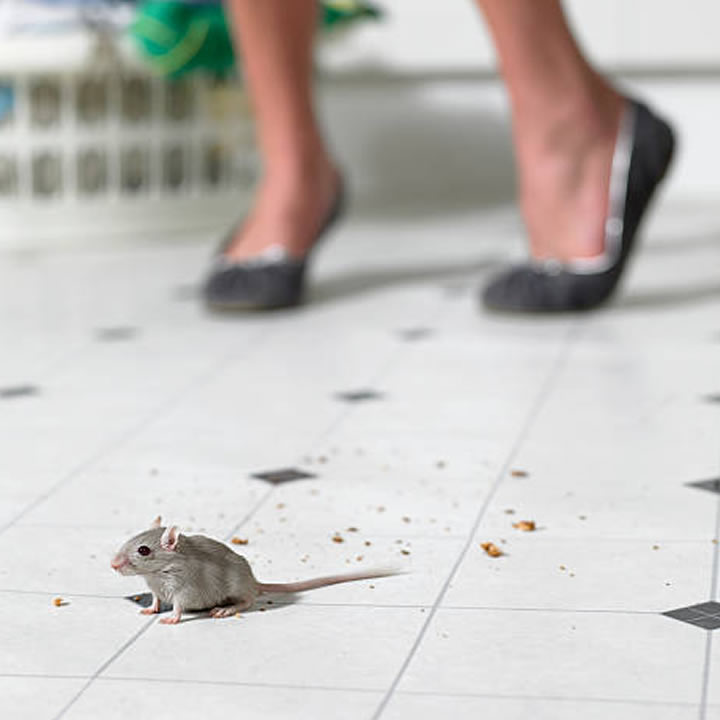What can you do to rodent-proof your home?
For most homeowners out there, getting rid of kitchen mice is a serious and persistent concern, unfortunately, with rodents causing quite a ruckus around human properties.
Of course, there are a number of steps you can take to try to prevent rodents from settling in your home.
And while we do encourage you to try the methods discussed below, as well as observe sanitary maintenance and cleaning practices, we also don’t recommend attempting DIY removal.
Rather, do what you can to prevent rodents and any other wildlife from settling on your property, but if it does, we recommend calling a wildlife removal professional as the best course of action.
1. Inspect for potential entry points
The first thing you want to do is consider how said rodents are getting into your home.
Most commonly, they’re using some sort of gap or hole as their main entry point. Quite often, wildlife removal experts are called to properties where the owner isn’t even aware there is such an entry point on his property.
This could be a missing shingle in the roof (due to natural wear and tear), a crack in the wall, a broken window, or even doors left open for extended periods of time.
This is why it is encouraged to perform regular inspections around your homes and be on the lookout for holes and cracks in the walls.
Remember, while the hole may seem small to you, a rodent doesn’t need a lot of space to get through. So when you do discover a potential entry space, seal it immediately, using something like caulk, expandable foam, or wire mesh.
2. Trim your yard
According to specialists from Red Rover Rodent Removal, this is another problem commonly seen around human rodent-affected properties. Letting the trees and grass in your yard grow wild is actually a big wildlife concern.
The taller the grass, the more coverage it will provide for wild animals scampering across your yard. It’s a known fact that wild animals including rodents will be less inclined to frequent a property where the lawn is always neatly trimmed.
That’s because it will need to go across the said lawn a fair bit, and if the grass is short, it lets predators see the rodent.
Also, it is recommended to trim the trees around your home, since overgrown foliage can provide the perfect access ramp onto your roof, and into your home.
3. Step up your storage game
In dealing with nuisance rodents, also consider what’s attracting them to your home – food.
Improperly stored food items are among the chief reasons why you’ve got rodents, which is why, when someone talks about a persistent rodent problem, it is recommended to switch to air-tight, sealable food containers.
This can be for the leftovers you store around your fridge, or at home, but also for dry ingredients like flour or sugar.
The thing to remember about rodents is that they will eat a lot of stuff, practically anything they can get their paws on. And if you’re not careful about how you’re storing your ingredients, they’ll want to eat those, too.
And since we’re on the subjects, try not to leave food out in the open for extended periods of time.
Don’t leave leftovers out on the kitchen table, or things like that.
4. Clean up more
You’ll be surprised to learn just how many crumbs, and other pest attractions there are around your house. But if you’re dealing with a persistent rodent problem, then it might be a good indicator your home isn’t as clean as you might think.
So try to limit the areas in the home that you eat in. If possible, try to only eat in the kitchen (and not eat in bed, out on the couch, or even walking through the house). This limits the crumbs and spills that may be attracting rodents and other critters.
Also, clean your kitchen at least once a week, vacuuming to get rid of crumbs, and mopping the floor to remove spills, stains, and whatnot. You’d be surprised how effective good cleaning practices can be in the battle against unwanted wildlife.

